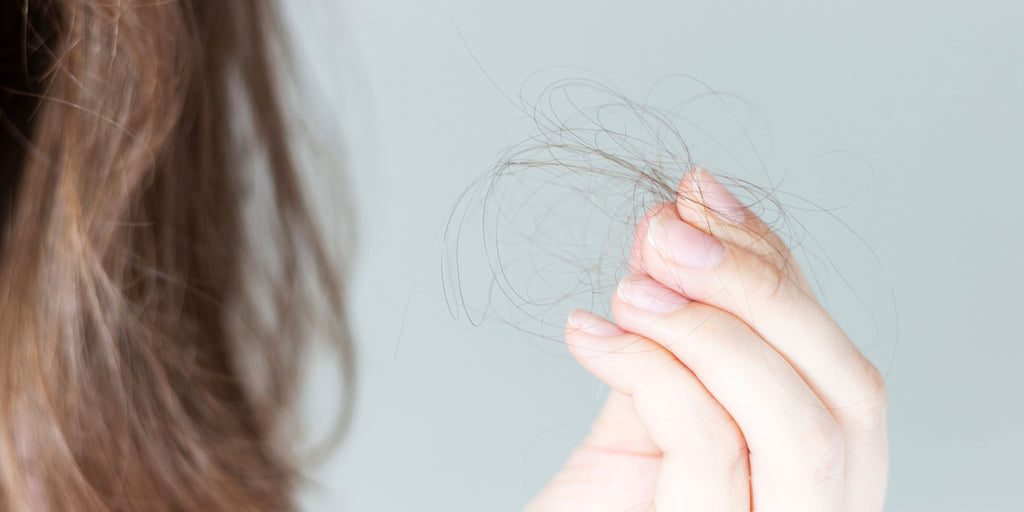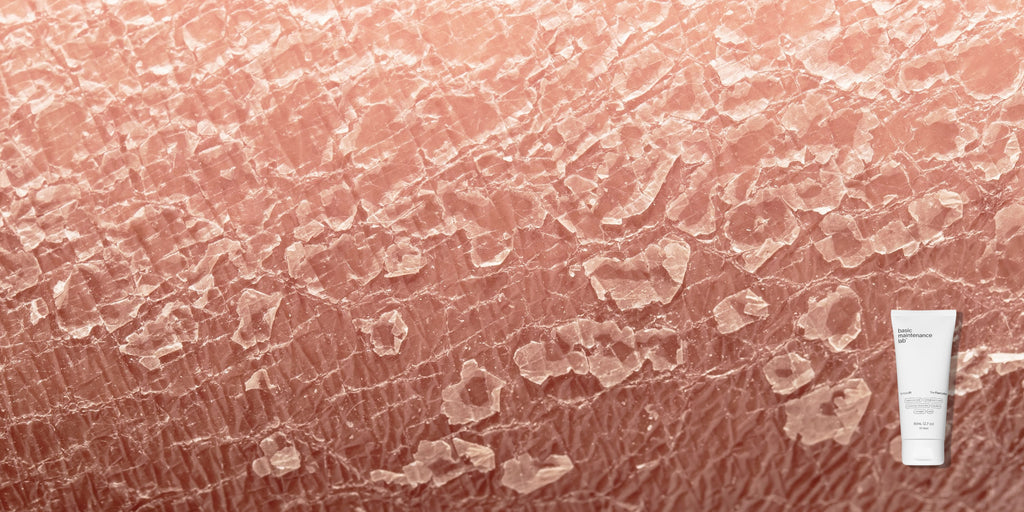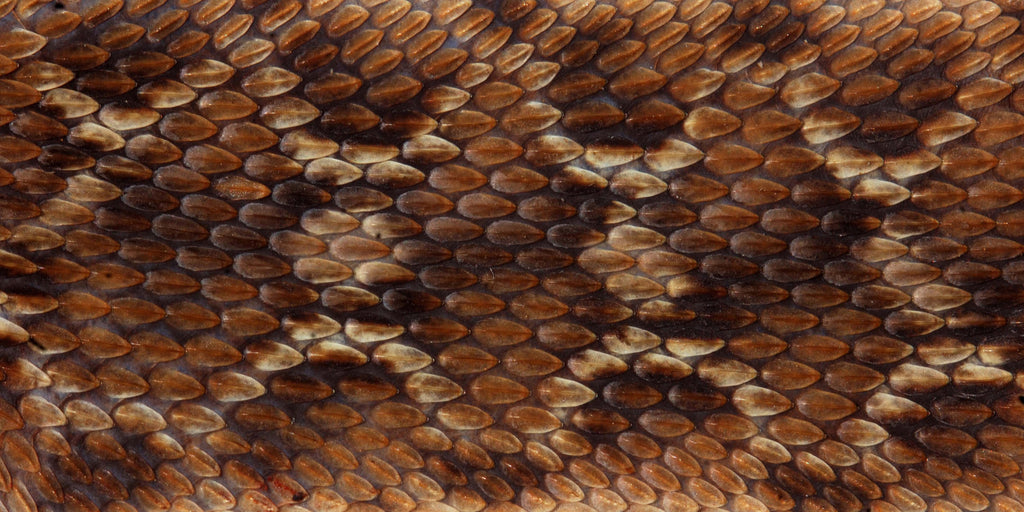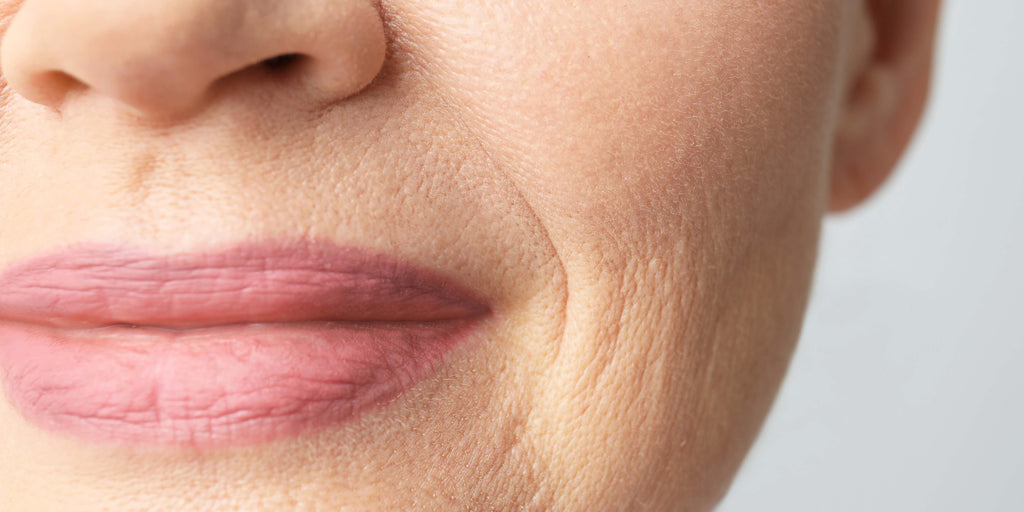Where Is My Hair? 6 Tips To Slow Thinning
"What happened to my hair?" Been there!
If you're noticing your hair isn't as full as it used to be, you're not alone. As we age, our hair changes, and keeping it healthy and strong requires a little extra care.
Here’s the thing—if you want healthy hair, it all starts with a healthy scalp. Think of your scalp as the foundation of your hair. If it's flaky, oily, dry, or irritated, your hair is going to show it. And that’s where a lot of us start to see problems like breakage, fallout, and poor regrowth.
What Can You Do About Thinning Hair?
1. Pay Attention to Your Scalp:Your scalp needs love too! If you’re dealing with flakiness, oiliness, or sensitivity, it’s time to treat your scalp right. A proper scalp treatment regimen to remove dead cells and product buildup without stripping away essential oils is essential.
2. Use a Strengthening Shampoo:
Not all shampoos are created equal. For fuller-looking hair, you'll want shampoos touted as "thickening" or "volumizing." These shampoos coat your hair with the protein that make each strand thicker and stronger, while also keeping it hydrated and healthy.
3. Don’t Skip the Conditioner:
Even if your hair is on the finer side, conditioner is a must. It helps detangle, adds moisture, and protects your hair from further breakage. Plus, it keeps your hair shiny and smooth, making it easier to manage.
4. Gentle Styling Tools are Key:
When it comes to styling, be kind to your hair. Use a wide-tooth comb to detangle wet hair, keep your blow dryer on a low setting, and avoid metal brushes that can overheat and damage your strands.
5. Trim Those Ends:
It might sound counterintuitive, but trimming your hair regularly can actually help it grow longer and healthier. Split ends work their way up the hair shaft, leading to breakage, so a trim every 6-8 weeks keeps your hair looking fresh and healthy.
6. Eat Right and Stress Less:
Your hair reflects your overall health. A diet rich in lean protein, healthy fats, and plenty of fruits and veggies will do wonders for your hair. And don’t underestimate the power of stress—managing stress can have a huge impact on your hair’s health.
Why Our "Head Turning Hair" System is Your Best Friend
The Head Turning Hair System is designed to tackle all these issues head-on. It’s not just another shampoo and conditioner—it’s a comprehensive hair and scalp care routine that revitalizes, strengthens, and protects your hair, giving it everything it needs to thrive.
👩🦳 Comprehensive Hair Revival: Deeply nourishes each strand and revitalizes your scalp for healthier, fuller hair.
🛡 Strength and Protection: Infuses hair with essential proteins, reduces breakage, and shields your hair from environmental stressors.
💗 Scalp Care Complex™️: Our proprietary blend of oils that banishes dandruff, soothes inflammation, and regulates oil production for a balanced, healthy scalp.
If you’re tired of watching your hair lose its luster, it might be time to try something that actually works.
With consistent use, The Head Turning Hair System will help you regain your confidence and keep your hair looking full, vibrant, and healthy.
Ready to turn heads with your hair again?
Try your hair's new best friend today.
Thanks,
Andrew





